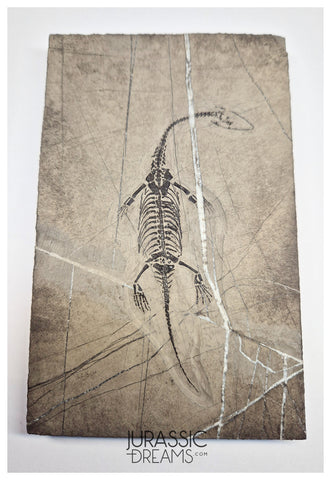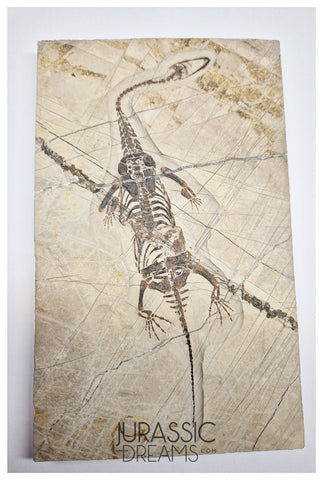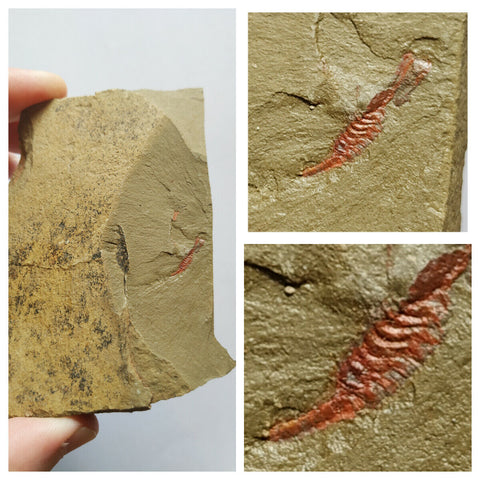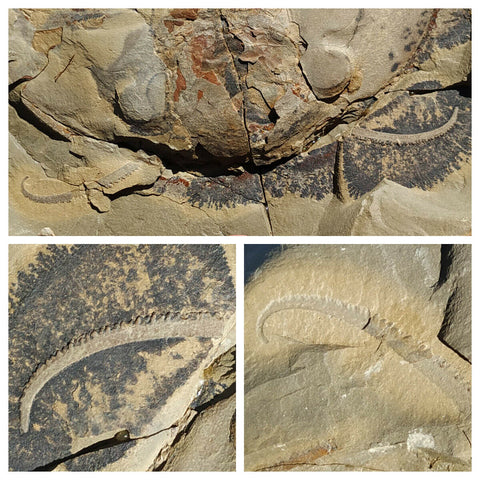Exceptionally Preserved Fossils
This collection is dedicated to all those fossils that present a unique and exceptional preservation. For example, in this collection you can find all those fossils with preserved soft parts, etc.
Seilacher (1970) created the term Fossil-Lagerstätte (feminine; plural: Fossil-Lagerstätten) using the German word Lagerstätte (that can be translated into English as ‘natural mineral deposit’, ‘ore deposit’, or just ‘deposit’) in combination with the word Fossil. Thus, a correct translation of the term Fossil-Lagerstätte would be ‘natural fossil deposit’.
This termwas proposed to refer to strata that are remarkable for the
richness (Konzentrat-Fossil-Lagerstätte) or the quality of preservation
(Konservat-Fossil-Lagerstätte) of their fossil contents. Seilacher's concepts
have been rapidly and widely accepted, but it was at the expense of the terms he had initially proposed; these were simplified to Konzentrat-Lagerstätte and Konservat-Lagerstätte, thus becoming virtually meaningless in German. Even more linguistically incorrect is the term Lagerstätte alone, now commonly used for the sake of simplicity in reference to sites of exceptional preservation. Truth be told, it does not matter if the term Lagerstätte is linguistically vague, and despite its Germanic origin, its melody sounds to the ear of a palaeontologist as
sweet as ‘gold’ to that of a miner.
The reason for that is simple: Fossil-Lagerstätten, especially those preserving soft tissues, provide unparalleled details on the anatomy of extinct organisms and the composition of the communities they formed. Because of that, one Lagerstätte can potentially contribute more significantly than a hundred classical localities (i.e. yielding exclusively shelly fossils) to the understanding of amajor evolutionary event.






















